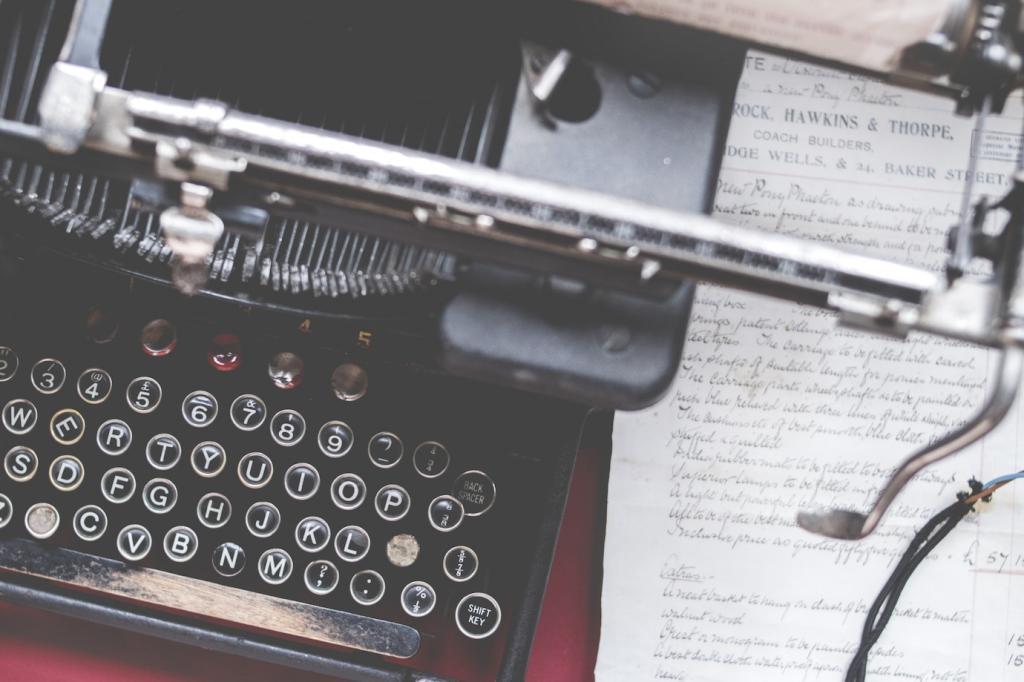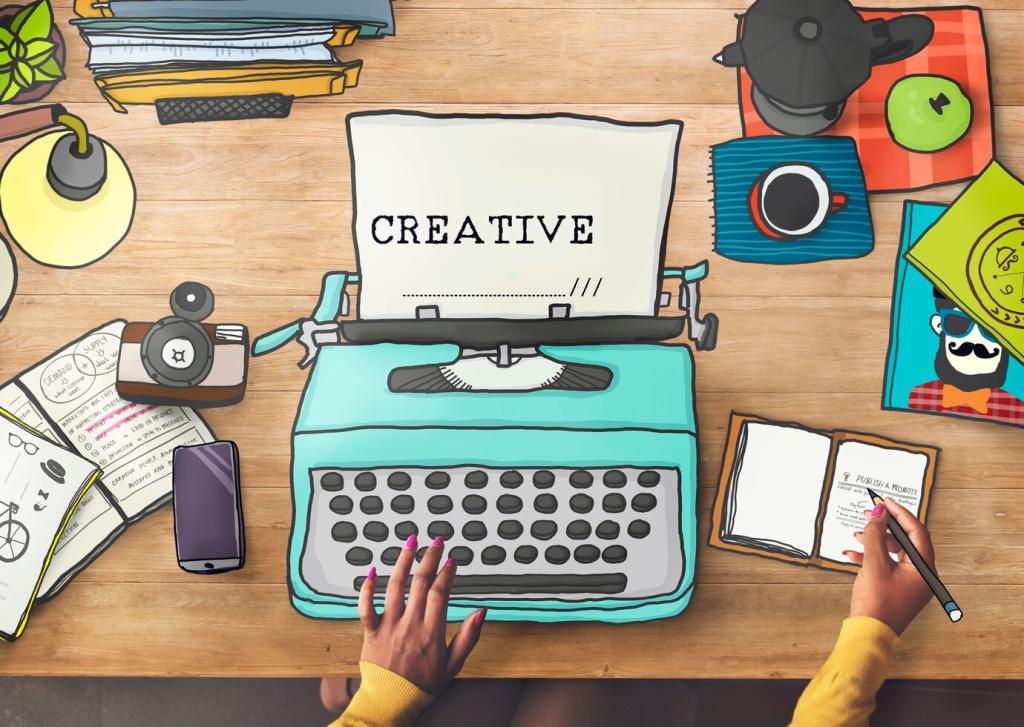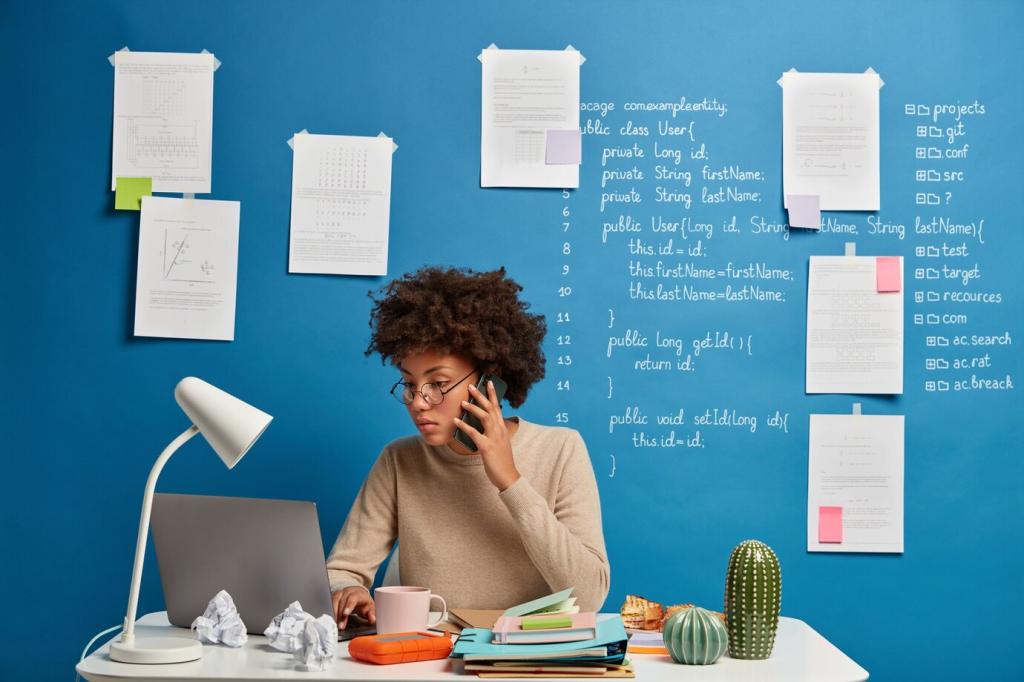
Editing and Proofreading Tips for Design Copy in English
When it comes to design copy, precision isn’t just about grammar—it’s an art that ensures clarity, professionalism, and a seamless user experience. Editing and proofreading for design demands a process unique from standard text, considering both aesthetics and intent. Understanding how to balance brevity, tone, and structure can make the difference between engaging copy and overlooked content. On this page, discover focused strategies and insights to elevate your editing and proofreading process for English design copy.
Understanding the Unique Needs of Design Copy

The Balance Between Brevity and Clarity
Design copy rarely allows for long explanations—every word counts, and space is often highly constrained. Editors must ensure copy is clear and concise, trimming excess language yet avoiding ambiguity. This means critically evaluating each piece of text, removing unnecessary filler, and simplifying phrasing without losing the intended message. Designers and editors often collaborate closely, iterating on copy to achieve the right balance. The goal is to say more with less, preserving meaning while fitting within pixels, containers, or buttons. Understanding the context where the text will appear is key, along with predicting user reactions to concise instructions or descriptive cues. Prioritizing brevity without sacrificing clarity is the hallmark of standout design copy.

Maintaining Consistent Tone and Voice
Consistency in tone and voice throughout your design copy strengthens brand identity and fosters trust with your audience. Editors must verify that every word reflects the agreed-upon personality, whether it’s playful, formal, or technical. This involves reviewing not only individual statements but also the impression created by all text elements together. Uniformity in phrasing, vocabulary, and even punctuation helps create a seamless experience across touchpoints. It’s essential to compare new copy drafts to style guides or existing materials, looking for discrepancies that may confuse or disrupt the user. When the tone and voice align with the design’s mood, the result is a more harmonious, professional appearance that resonates with users.

Considering Visual Context
Unlike editing manuscripts, proofreading design copy requires imagining how the text will appear within the user interface. This means assessing how line breaks, font size, and layout affect readability and emphasis. Editors should mentally “walk through” the user journey, evaluating whether each message is visible, accessible, and free of awkward splits or truncations. Even well-phrased text can fall flat if it’s cut off or crowded in the final design. Reviewing provided wireframes or mockups, you can spot and prevent issues such as orphaned words, visual clutter, or elements that distract from key copy. Visual context is crucial for ensuring the edited copy works harmoniously with the design’s structure and style.
Refining for Precision and Readability
Copy riddled with errors reflects poorly on a brand’s credibility. Editors need to check all text for standard grammatical structures, spotting everything from subject-verb agreement to proper tense usage. Spelling errors must be found and corrected, as even a single typo can distract users or appear unprofessional. However, editing for grammar in design copy sometimes requires flexibility, as conversational phrasing or brand vernacular may intentionally break rules for effect. Editors should use their judgment, making sure that intentional deviations enhance rather than harm clarity and tone. The most successful edits are invisible to users; the copy reads naturally, free from hiccups or jarring mistakes.
Collaborating Effectively with Designers
Editors should maintain an open dialogue with designers and other stakeholders throughout the proofreading process. Clear communication ensures everyone understands the copy’s intent and any editing rationale, helping prevent misunderstandings that might result in design misalignment or text truncation. Sharing annotated drafts, holding walkthroughs, and discussing potential revisions in real-time can resolve issues early. Effective collaboration means editors aren’t working in isolation but are part of an ongoing conversation, ensuring that final copy fits seamlessly with design parameters, technical constraints, and branding guidelines.
Sometimes, the design comes first, and copy needs to adapt. Editors must be adept at revising text to fit strict character limits or predefined spaces without losing meaning. This involves creative problem-solving under pressure, prioritizing key messages, and sometimes finding innovative alternatives to standard wording. There may be trade-offs—such as selecting a more concise synonym or reworking sentence structure for tight UI elements. Documenting reasons behind edits helps keep teammates informed, and remaining flexible enables the team to address last-minute design changes quickly. Navigating these constraints collaboratively leads to a polished, functional product.
Before signoff, editors should always request to review copy within the actual design mockups or prototypes. This last round ensures all edits work as intended when seen in their final environment. Small issues like awkward line breaks, misplaced emphasis, or unreadable labels often become apparent only at this stage. Editors can identify remaining errors, propose minor tweaks, and confirm that the text aligns with both the visual and interactive intent. This contextual review often involves back-and-forth adjustments, as editors and designers hone each element for maximum clarity and appeal. A meticulous final review prevents embarrassing oversights and results in cohesive, user-focused design copy.
